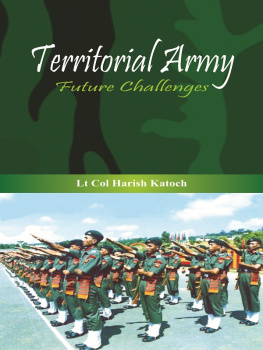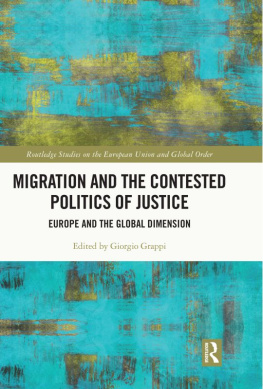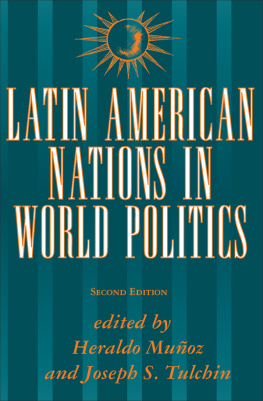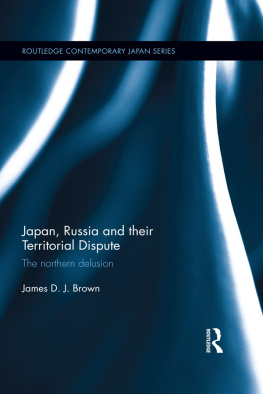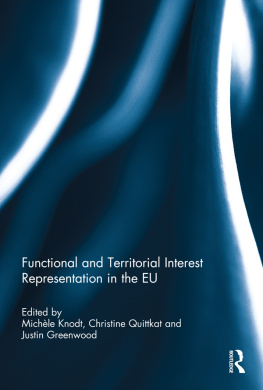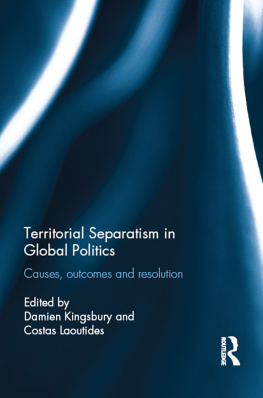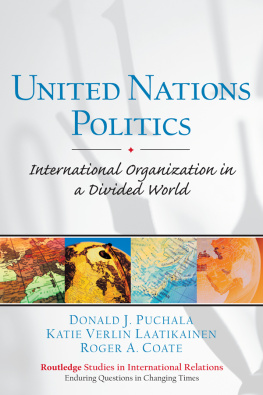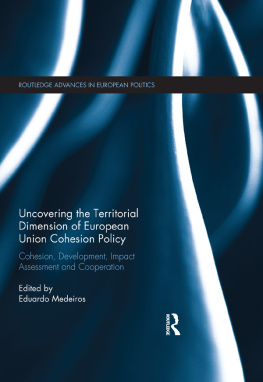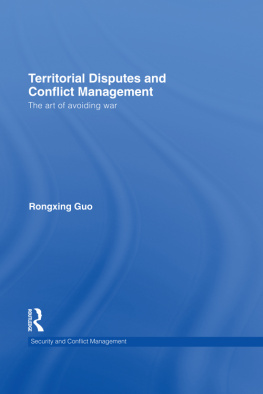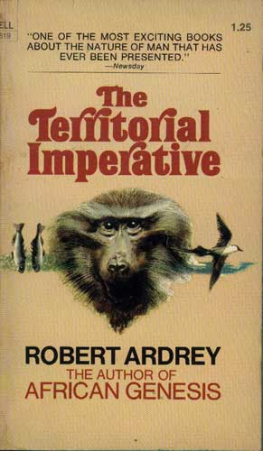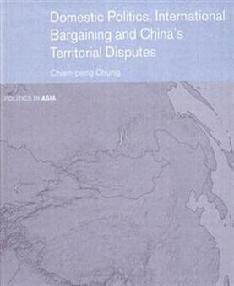The Territorial Dimension of Politics
Within, Among, and Across Nations
About the Book and Author
This comparative study examines the dialectical tensions between global and regional interdependence and the fragmentation of humankind into territorial entities. Political authority may remain territory-bound, but borders increasingly are penetrated by pollutants, individuals, noncentral governments in search of foreign trade and investment, and transnational corporations, as well as the traditional exchanges of trade, media, and culture. The result of these transborder flows, accelerated by new technologies, is a new variety of international relations among perforated sovereignties.
Dr. Duchacek analyzes the territorial organization of political authority in both democratic and authoritarian frameworks as well as in unitary and federal systems. Case studies focus on new forms of transborder interactions between neighboring countries, especially in North America and in Western Europe. The book is of major interest to scholars in the fields of political science and political economy. Quotations from a variety of political theorists and practitioners, illustrative diagrams, and maps make the book suitable for students of comparative politics, international relations, comparative federalism, and public policy.
Ivo D. Duchacek, professor emeritus of political science of the City College of the City University of New York and visiting scholar at the Institute of Governmental Studies, University of California, Berkeley, is the author of several books on comparative politics, federalism, and international relations.
First published 1986 by Westview Press
Published 2019 by Routledge
52 Vanderbilt Avenue, New York, NY 10017
2 Park Square, Milton Park, Abingdon, Oxon OX14 4RN
Routledge is an imprint of the Taylor & Francis Group, an informa business
Copyright 1986 Taylor & Francis
All rights reserved. No part of this book may be reprinted or reproduced or utilised in any form or by any electronic, mechanical, or other means, now known or hereafter invented, including photocopying and recording, or in any information storage or retrieval system, without permission in writing from the publishers.
Notice:
Product or corporate names may be trademarks or registered trademarks, and are used only for identification and explanation without intent to infringe
Library of Congress Cataloging-in-Publication Data
Duchacek, Ivo D.,1913-
The territorial dimension of politics within, among,
and across nations.
Bibliography: p.
Includes index.
1. International relations. 2. Territory, National.
3. Regionalism (International organization) I. Title.
JX139l.D83 1986 320.12 85-52109
ISBN 13: 978-0-367-29649-0 (hbk)
Contents
Part 1:
Territorial Politics
Part 2:
Federal Systems
Part 3:
Confederal Associations
Part 4:
Permeable Sovereignties
Tension between the complex interdependence and the territorial fragmentation of humanity is the main theme of this comparative study. Within territorial corrals, paradoxically, universalistic creeds and ideologies tend to become captives of their own spatial conquests. Individuals and groups continue to live, think, and act primarily as members of their various territorial communities.
Yet, while political authority and loyalties remain territory-bound, boundaries are being buffeted and percolated by various transfrontier flows. These flows are made up of migrating individuals and groups, products, energy and technology transfers, drugs, pollutants, corporate transnational activities, cultural exchanges, media messages and signals, as well asa relatively new phenomenoninternational activities initiated by noncentral governments in search of foreign investment, trade, and tourist currency.
These transborder streams pass through but do not destroy the walls of national sovereignties; the territorial boundaries are both respected and disrespected. The frequency, intensity, and speed of these various perforations have been enhanced by modern technology and also by new centrifugal or neopopulist trends. One of the results isas this study argues and documentsa new variety of international relations: interactions between perforated sovereignties. These interactions do not represent a dawn of global unity leading to world government; neither do they mean that politics within, among, and across sovereign nations is business as usual.
In the free systems in particular but also in other parts of the world there has also emerged the concept and practice of the territorial state as a multivocal actor; i.e., the state speaks abroad with more than one central voice, especially in matters other than national security and diplomatic status. Since antiquity, of course, governments have listened and reacted to the arguments and claims promoted by other nations subnational communities in their quest for power, above all the political opposition that may be the government of tomorrow. Like a magnet, internal dissent in a country has always invited international meddling in that countrys internal affairs. In our era of rapid communications, the various voices and noises, including the drums of the opposition, are quite audible outside territorial limits. Sometimes these noises are recorded by outsiders as strident cacophonies; at other times, as relatively harmonious composites of regional and other subnational nuances. The role of other than central state actors was initially described by Robert O. Keohane and Joseph S. Nye in their world paradigm, to which this study adds the new international roles of noncentral governments. The sum total of these various international activities raises the possibility of chaotic, segmented, marbled, or, on the contrary, more tightly centralized conduct of foreign policy.
If boundaries in the free world and a portion of the Third World tend to become sieves, their frames, however, as this study shows, remain quite solid. Buttressed by tradition and security considerations, these intersovereign walls are certainly not about to crumble despite their meshlike features. Nevertheless, as the case studies in this analysis illustrate, much more than a camel passes through the eyes of the boundary.
The first three chapters of this study reexamine the causes, persistence, and consequences of the territorial organization of political authority in both democratic and authoritarian portions of the world and their centralist, decentralized unitary, or federal systems. These chapters represent a newly focused synthesis of concepts, initially developed in three of my books in the fields of international relations and comparative politics (Nations and Men, Comparative Federalism , and Power Maps). In particular the concept of revocable unitary decentralization and the usual yardsticks of federalism are reevaluated and, as a result, modified.
, Consociations of Sovereignties illustrates the potential for, but also the limits of, change in a territorially segmented world. In light of the U.S. confederal experience more than 200 years ago, the chapter also explores the confederal features of international organizations, including those of the United Nations. Every so often, as the study documents, the multiplying international functional organizations serve their creators and managersthe territorial governmentsto make the world safer for their spatial parochialisms.



